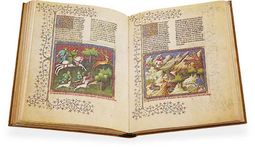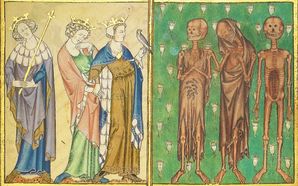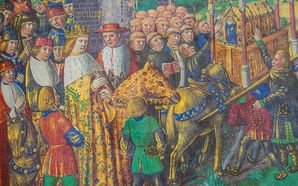Hunting in the Middle Ages: From Aristocratic Pastime to Hard-Hitting Power Politics
Since time immemorial, people have hunted animals in the water and on land to feed themselves. The medieval nobility, however, used some elaborate hunting practices from the 12th century onward as a demonstration of political and social power and to distinguish themselves from the "common people". With increasingly elaborate rituals, coursing and falconry in particular became aristocratic privileges reserved for courtly life.
Hunting in Social Circles Befitting One’s Social Status
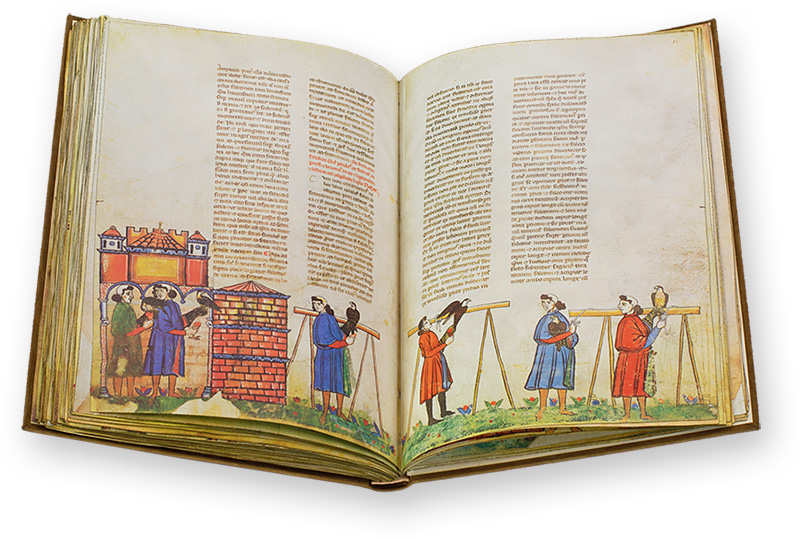
To the facsimile
Coursing, i.e. the hunt on horseback with the help of a trained pack of hounds and the assistance of trained huntsmen, was particularly popular in the Middle Ages. Famous hunting treatises such as The Hunting Book of King Modus and Gaston Phoebus - The Book of the Hunt highlight distinguish it as the highest form of hunting - especially when the target is the king of the forest, the stag. He was considered to be a worthy opponent, which could be outwitted only with exact preparation, great exertion, and ingenious resourcefulness.

To the facsimile
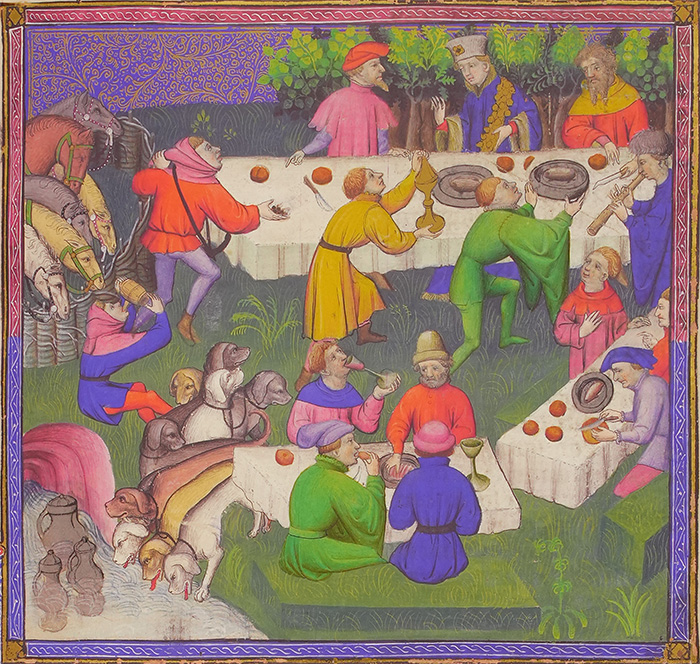
To the facsimile
Coursing was also particularly popular in courtly circles because it was extremely costly and time-consuming. They were almost like festive events in which not only numerous nobles took part as hunters and huntresses, but which also included a select audience that had to be entertained and fed. Above all, however, the permanent care and training of the hunting dogs by experienced huntsmen was time-consuming and costly.
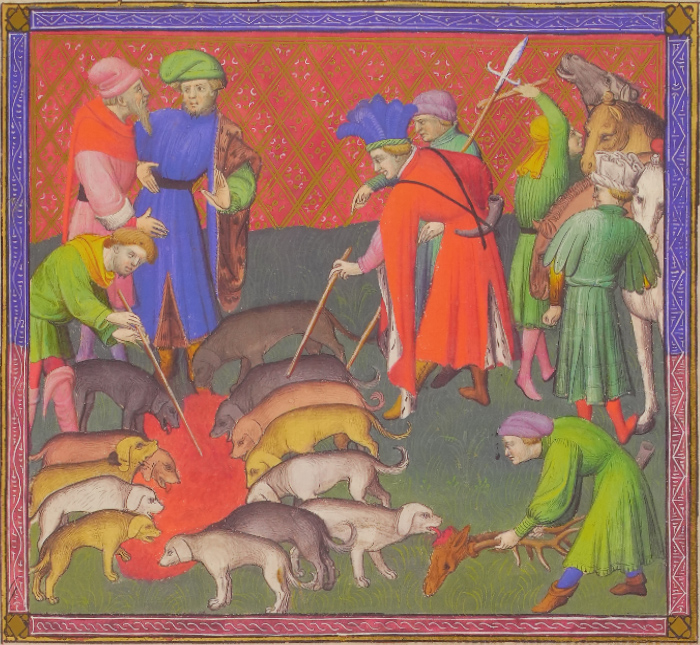
To the facsimile

Animal helpers were also used in falconry, the hunting of birds and smaller mammals with birds of prey. In particular, falcons and hawks were captured and tamed for this genteel hunting practice, as illustrated by the famous treatises by Emperor Frederick II: The Art of Falconry and the Latin Moamin.

To the facsimile
Surprisingly, all classes were theoretically entitled to hunt with falcons. Only the immense expenditure of time and money required made it a privilege of the nobility. Thus, it is hardly surprising that the falconer's glove and the falcon itself evolved into a symbol of the nobility in pictures.

To the facsimile

Efficient Hunting

To the facsimile
However, in addition to coursing and hawking, the hunting treatises also deal with less elitist forms of hunting, which were also much more efficient. The bow and arrow as well as the crossbow allowed for hunting from a safe distance, whereby various camouflage methods came into use.
A wide variety of traps were used to catch not only small animals but also reduce the risk posed by dangerous game such as wolves and wild boar. Fish and other aquatic creatures were caught with diverse spear-like weapons and nets just as they are today.

To the facsimile
Practical Knowledge and Instructive Writings

To the facsimile
Also noteworthy is the empirical knowledge about animals conveyed in hunting books. They are more focused on specific knowledge about habitats, appearances, and behavior that are useful for hunting and less concerned with morality and theology than bestiaries and encyclopedias written at the same time. There is a particular focus on dogs and birds of prey, whose husbandry and health are central themes.

To the facsimile

To the facsimile
The numerous hunting books functioned as instructional and reference works and supplemented the practical training to become a hunter. Surprisingly, boys from both noble and non-noble families were educated together in this regard. However, the lower classes could only achieve the status of hunting assistants, while the noble boys were destined to rise from squiring dogs to hunting on horseback. Although hunting was only part of the male educational canon in courtly circles, noble girls were also sometimes taught archery and tracking. However, they rarely appear in the magnificent miniatures of the hunting treatises.

If you want to learn more about medieval hunting manuscripts, click here.



